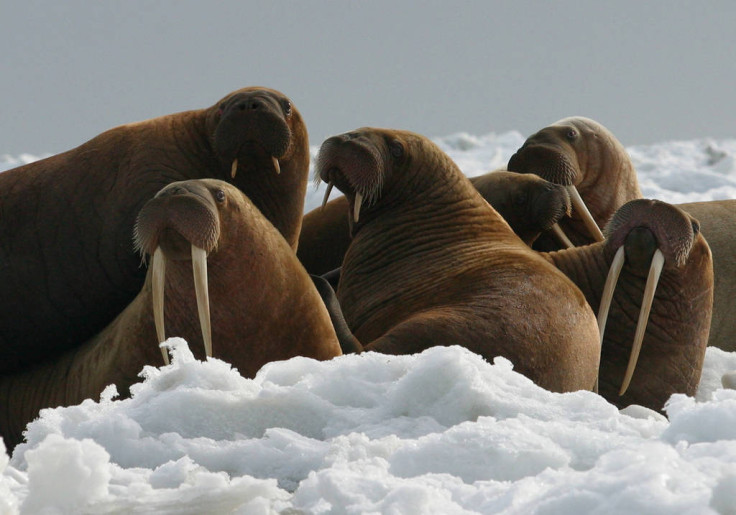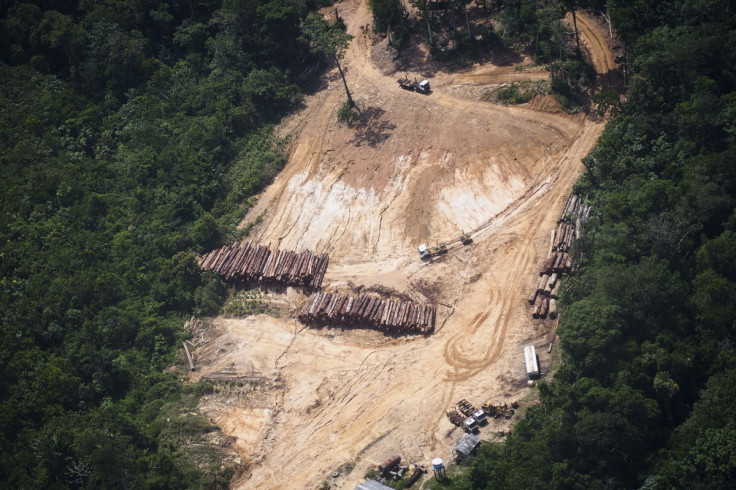World Wildlife Day 2016: Six key threats to animal species and the environment

The world's wildlife is under threat. From poaching and trafficking driven by international crime groups to habitat loss from deforestation and the development of infrastructure, iconic and lesser-known species alike face challenges that threaten their very existence. World Wildlife Day, marked on 3 March, highlights the threats many species face.
Deforestation
Forests cover nearly a third of the land area on Earth, providing oxygen and habitats for animals and people. According to the WWF, many of the world's most threatened and endangered species live in forests – and 1.6 billion people rely on the benefits forests offer, such as shelter, food and water.
Still, forested areas equivalent to the size of 48 football pitches are lost each year, due to clearing for agriculture, infrastructure development and logging for timber, as well as degradation from climate change and fires.
Illegal wildlife trade
Wildlife crime poses a grave threat to many animal species and the illegal wildlife trade impacts many of the world's most endangered species – including elephants. Tens of thousands of elephants are killed for their tusks every year. Between 2008 and 2013, the estimated death toll was between 30,000 and 50,000. Rhino poaching in South Africa increased by 7,700% between 2007 and 2013, according to the WWF.

Climate change
As a result of global warming, sea levels are rising and our oceans are heating up – threatening both marine animals and humans who face an increasing likelihood of floods. Longer droughts threaten wildlife, crops and water supplies, altering life as we know it on our planet. According to Nasa, nine of our ten warmest years on record have occurred since 2000. In 2012, Arctic summer sea ice shrunk to its lowest extent in the books.
Oil and gas development
Oil and gas exploration and development pose a number of threats to wildlife, from the disruption of habitats to oil spills from pipeline leaks and shipping accidents. It often probes into our planet's most remote and undeveloped areas, where species may thrive without intrusion from humans.

Overfishing
Overfishing occurs when more fish are caught than can be replaced by natural reproduction, which impacts the balance of life in our oceans and the social and economic well-being of people living in coastal regions. And where there is fishing, bycatches are still a major threat to marine life such as dolphins, marine turtles and seabirds.
Pollution
Contamination from industry, landfills and air pollution pose a major threat to many species of wildlife and humans. Rubbish, smog and toxic chemicals threaten food and water supplies, killing plants and animals and causing disease among people. Toxic pollution affects more than 200 million people worldwide according to the non-profit organisation Pure Earth.
© Copyright IBTimes 2025. All rights reserved.





















